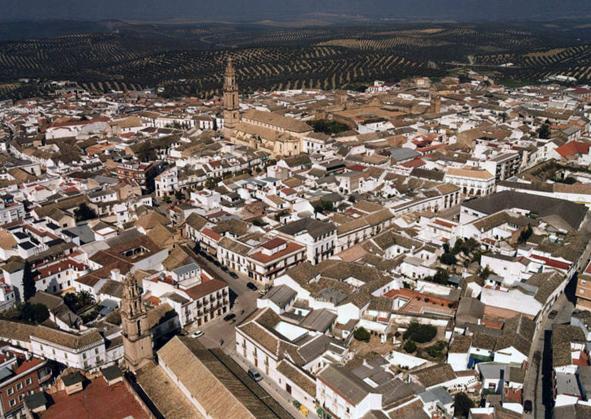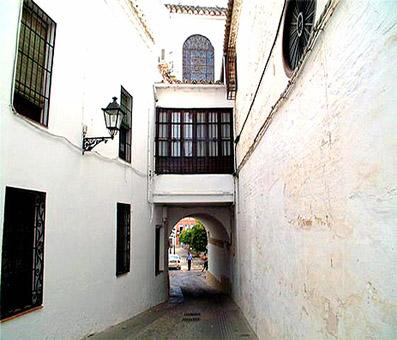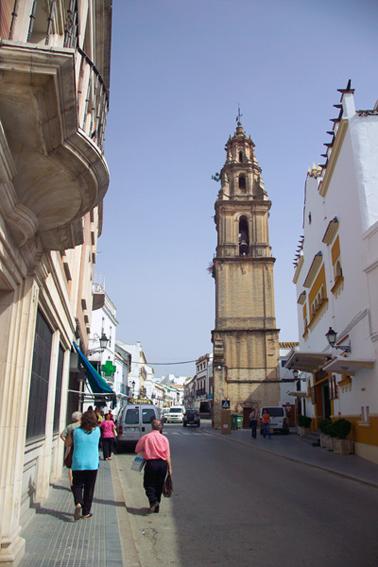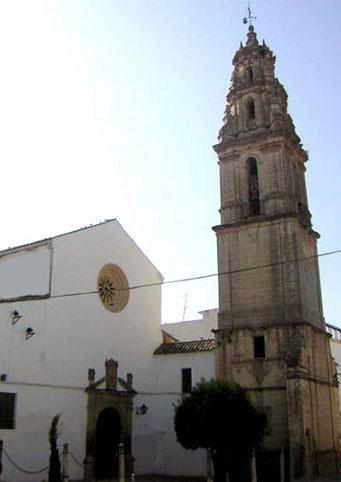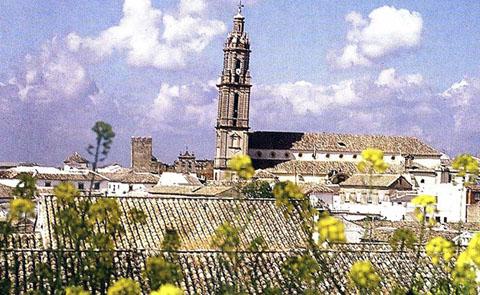Bujalance

A town situated in the east of the province, in the La Campiña region, on fertile, gently undulating land devoted to cereal crops and, primarily, olives.
The compact centre displays the typical characteristics of the country towns and villages and boasts a number of places of interest, such as the Castle, Our Lady's Church, the Marquis of Monteolivar's Palace, the Town Hall, Saint Francis' Parish Church, the Cloister of Corpus Christi Hospital and Jesus of Nazareth Chapel.
History
Bujalance is the hispanic version of the Arabic Bury al Hansh (Tower of the Snake).
In the opinion of Estrabon, Pliny and Pomponius Mela, its original name was Colonia Betis.
A wealth of relics from the time of the Roman occupation are to be found here, such as columns and a section of the great highway that ran from Obulco (Porcuna) to Cordoba.
The castle dates back to the time of Abderraman III. Ferdinand III conquered the village in 1227.
In 1446, don Diego Fernandez de Cordoba, who had received the title of Viscount of Bujalance from Henry IV, failed in his attempt to take possession of the village in the face of resistance from its inhabitants.
In 1473 the village was returned to its former jurisdiction on the request of the city of Cordoba; in 1594 it was declared exempt from Cordoba's jurisdiction and granted its own chief magistrate.
Philip II granted Bujalance full village status in 1630.
Eminent citizens
Acisclo Antonio Palomino, painter, (1655-1726).
Francisco Benitez Mellado, painter, (1883-1962).
Juan Diez del Moral, notary, (1870-1948).
Pedro Lavirgen, tenor, (1930).
Agustin Castellanos, "El Puri", bullfighter, (1944).
Antonio Jose Galan, bullfighter, (1948).
Antonio and Francisco Arevalo, poets.
Mario Lopez, poet (1918).
Francisco. Villadra, governor of the province of Chile.
Benítez Mellado, painter.
Juan Martinez Cerrillo, religious statue maker, (1910-1989).

- Max 17
- Min 6
- Max 62
- Min 42
- °C
- °F


